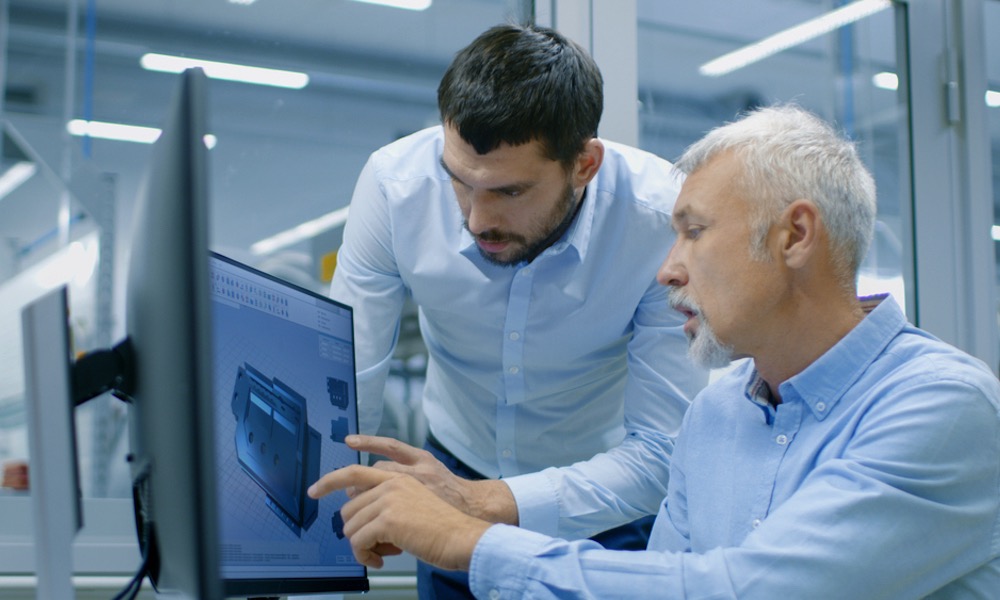Inside Apple’s Manufacturing Process | How a Product Idea Becomes a Reality
 Credit: dvoevnore / Shutterstock
Credit: dvoevnore / Shutterstock
Toggle Dark Mode
Most of you follow Apple leaks daily and enjoy seeing the part of the process of how Apple goes from a mere idea to a fully functional device that ends up selling worldwide. But this process is a bit obscure, and not many people know how it all works, so I thought you’d enjoy reading an article that explains how it happens.
It All Starts with Product Design
One of the things that make Apple unique is that design is its main concern. In most companies, engineers work on a product first, and once it meets all the technical requirements, it’s sent to the design team, who make its design based on what the engineers produced.
Apple, however, does the exact opposite.
There’s a team that works on the design that meets Apple’s standards, then that design is sent to the engineers to make the tech fit the mold that was sent to them.
This usually results in Apple experiencing delays it would not otherwise experience or delivering somewhat unusable products – like the famous $1,300 12-inch MacBook. The design team wanted it so thin and light that engineering had to throttle its processor so much that most people couldn’t do things with it they could’ve probably done with a $400 PC.
Once a future product is approved, Apple, as I told you, sends the project to the design team to work on. To prevent anything from leaking out, this team is not allowed to talk about what they are doing, only report it to executives.
It’s so secret, in fact, that there are special rooms with security measures such as body cameras for everyone inside, or even security personnel making sure only those who are allowed to enter that room are in it.
Apple New Product Process (ANPP)
There are several phases to this design process, all detailed in what is commonly known among employees as the Apple New Product Process (ANPP). Here, the design team has everything they need to start working on the device. It lays out what they need to design, who needs to design each phase, when they need to deliver the device’s final version, among other important details.
There is a weekly meeting, usually on Mondays, where an Apple executive reviews the design the team is working on, gives them feedback, and ultimately approves or rejects the design. If it fails this test, the team will make notes of the things that should be changed and will take care of them immediately after the meeting. After that, the first thing the executive will do is review the design at the next meeting with that team.
If it’s approved, it’s passed on to the engineering team, who will think about all the internal parts, how they work, and other technical details. If they find that something is not feasible or needs to be changed, they send it to the design team who tries to solve the problem, and then there is another meeting to approve the new design. This back and forth usually happens several times during the manufacturing of all Apple products.
EVT, DVT, PVT
We’ll now move on to what’s called the Engineering Validation Test (EVT). In this phase, engineers try to build several prototypes to see if what they developed with the design team works as it should, or if there are problems that must be fixed. If that fails, the prototype goes back to the first step of development to solve the problems found.
The next phase is called Design Validation Test (DVT). In this phase, the company checks if it’s possible to mass-produce the device while keeping the design intact and making sure that all internal components work as they should.
Finally, there is the Product Validation Test (PVT). This is where what has already been tested in the DVT phase is further validated on a much larger scale. This is about 10% of all devices that are sold. If everything is in order and there are no other problems, these devices could be sold to customers after some modifications.
If everything works properly, Apple makes the product and finally releases it to the public. That’s how a device goes from a simple idea to the homes of millions of people around the world!
I hope you enjoyed this article – let me know what you think about it in the comments. Thanks for reading!








